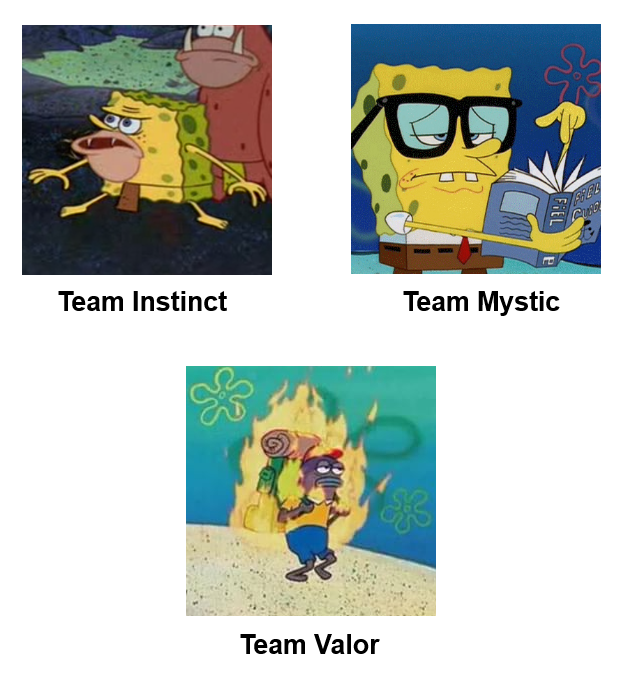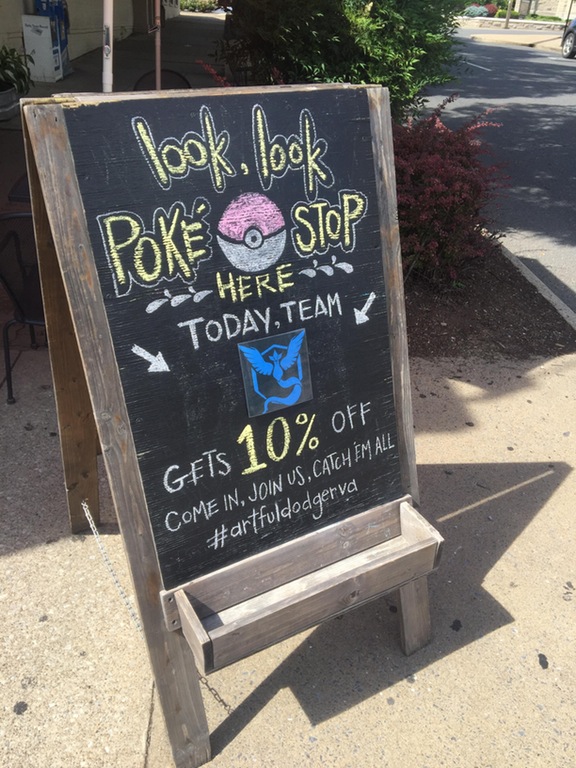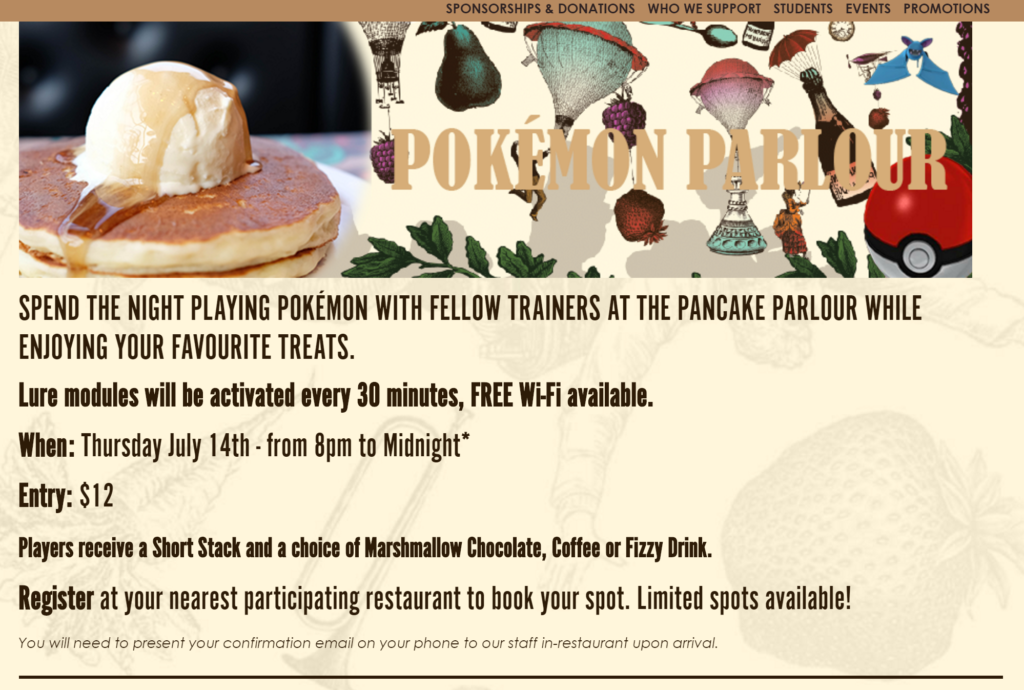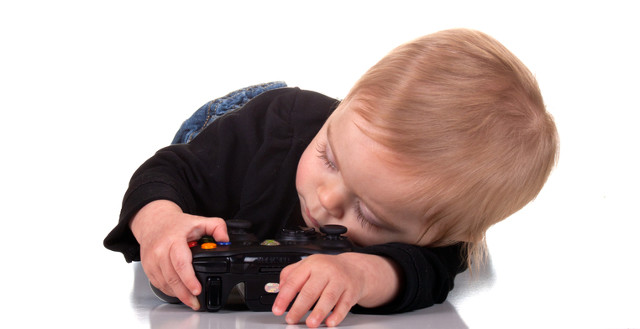
Pokemon Go – Thought Experiments and Exercise in Lateral Thinking
Long time no blog. So here’s a post for you all.
Pokemon Go was released on 6 July (2016). From what I’ve read and witnessed it’s pretty huge.
I’m not going to go into the basics as there’s already enough news / media coverage about it. But I there’s some interesting implications / noteworthy thoughts I’d like to share about Pokemon Go.
1. Crowdsourcing 2.0 – Product Development
Niantic, Inc which was born out of a passion project internally from Google spent 6 years creating the Augmented Reality game Ingress. It involved players submitting landmarks to be part of the game. Why is this import? Because Pokemon Go uses these landmarks as part of its world, essentially having a very important part of its content crowdsourced!
It had me thinking about where this kind of crowdsourcing data/content in design philosophy can be applied elsewhere:
Idea # 1:
A dating site such as OK Cupid, could make use of its matching meta data of distance/time of day/location/demographic information. First personal information would be anonymised and then aggregated on some arbitrary grouping to creating a fantasy dating league.
Idea #2:
A food reviews site such as Zomato, could apply sentiment analysis and build statistical models combining external factors such as weather metrics and economic factors to generate
a recommendation for restaurants on which menu items should be placed on special.
Those are just two examples that came to mind.
2. Who said marketing is dead? – Not just a logo
People say we are smarter and more savvy, becoming resistant to marketing. But the power of nostalgia and branding has gripped us in a way never seen before due to mobile technology providing scale to disseminate ideas on a personal level. Nothing beats re-living childhood memories, where times were simpler with less responsibility and stress.
The thought of escaping the present to relive a happy past can be very effective in changing behaviour. Homebodies and those with a sedentary lifestyle have walked more in the last week than they have in the last 3 months prior.
Pokemon Go has about 1/5th of the features of Ingress and I would guess that it has larger player base (active and non-active) than its predecessor of 6 years. TV show, Trading Card Game, Gameboy cartridges, movies and the catchy songs.
That’s the power of branding, but it’s the accumulation of its prevelance in the past which has made its success in the present.
3. Possies, Pokestops and Pokies – Social Impact
We’re already seeing communities Bellsprout up. (Sorry I couldn’t help myself with at least 1 pun)
Some things which have already happened:
- We’ve seen a very successful ‘Walk’ be organised
- Restaurants are already taking a side in the factions

- Not only that they’re dropping ‘Lures’ (an item you can purchase with in game currency with will increase Pokemon encounters for a short period of time) in hopes of attracting Pokemon Go players:

- PSAs about predators also taking advantage of these ‘Lures’ for criminal activity including theft and kidnapping – something Team Rocket specialise in
What I could see happening:
- If a trading feature was ever implemented, a whole black/grey market could develop which may include money laundering or more ironically child ‘sweat shops’ generating valuable in game goods (i.e. Pokemon) for real world cash

- Legislation similar to no phones whilst driving, but for pedestrians
- 3rd party exercise regimes and products tailored to the game and maximising rewards – think GPS which determines best running route option or running shoes that uses kentic energy to power a battery for charging your phone
- Partnership with other services (e.g. Uber, Air BnB, telcos) to provide exclusive content using beacon technology
Thanks for reading until the end, as a final plug I’m doing the Oxfam Trailwalker here in Sydney. This involves is walking 100km nonstop for 30 hours. If you would like to support me and this awesome cause in fighting poverty please click here.